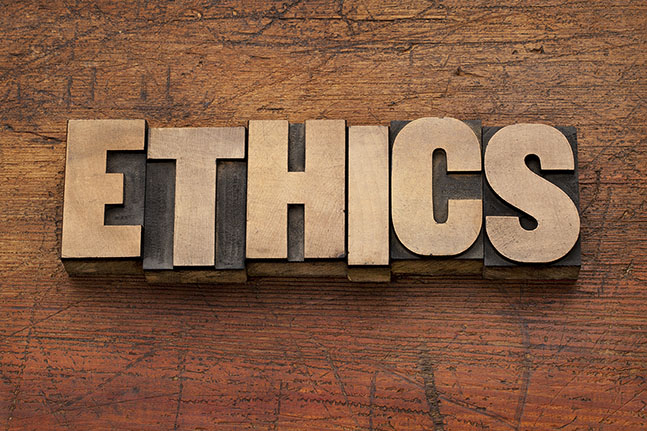Image: https://influenceonline.co.uk/2016/11/11/the-ethicsfest-index/
The designs that I have done in the past came from inspirations of other art pieces but I have not used someone else’s work and credited it as my own. Using photos from the internet for either layout designs or advertisements designs were the only times I used work that was not mine, however you must always give credit to those who took the photo in order for that designer to get the recognition they deserve. That is an example of copyright and many people have their social media accounts blocked sometimes because of the copyrighted music they use in their videos.
Source: AIGA Business_Ethics 47556757-Guide-to-copyright-1-MB
Shepard Fairey thought that modifying a photo that he did not capture himself and using it for public use would not bring him any trouble. However, The Associated Press took action and sued Fairey for copyright infringement and I believe that decision was the appropriate action to take. Fairey stated that he will reach out to The Associated Press next time in order to gain a license for future photographs. Using ones artwork and claiming it to be your own will not get you very far in the design industry as many people will believe that you are not only a lazy designer but a thief was well. The outcome should have went another way as Fairey got off too easy, even so with the outcome being as it was and with what lead up to the hearing was needed to be done in order to; as stated in the article by Gary Pruitt, the president and chief executive of The Associated Press “ we hope this case will serve as a clear reminder to all of the importance of fair compensation for those who gather and produce original news content.”
Source: https://artsbeat.blogs.nytimes.com/2012/09/07/shephard-fairey-is-fined-and-sentenced-to-probation-in-hope-poster-case/



